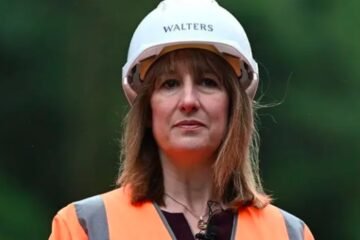Scotland took the plunge and brought its railway under public control. Now, as England moves toward a similar model, the question remains: will Westminster acknowledge that Scotland was ahead of the curve?
A Shift in Railway Ownership
For decades, the UK’s railway system has been a patchwork of private operators, government subsidies, and fractured management. In 2022, Scotland decided it had had enough. ScotRail was taken into public ownership, marking a significant departure from the privatization experiment that began in the 1990s. The move was controversial at the time, but two years later, signs suggest it was the right call.
England, meanwhile, has struggled with failing rail franchises, delays, and mounting passenger frustration. Now, Westminster is inching toward nationalisation, albeit under a different name. The Great British Railways (GBR) plan, announced by the UK government, aims to consolidate train operations under a single body—eerily similar to what Scotland has already done.

The Numbers Speak for Themselves
Since nationalisation, ScotRail has reported greater reliability and improved service levels. Passenger numbers, while still recovering from the pandemic, are showing steady growth. Fares have been capped, and workers have more job security. While challenges remain, Scotland’s railways are no longer at the mercy of failing private operators walking away from their contracts.
In contrast, England’s privatized rail model has been a revolving door of failed franchises. Companies like Northern and TransPennine Express have seen their contracts stripped due to poor performance. The government was forced to step in multiple times, effectively nationalising services on a case-by-case basis without admitting to it.
A side-by-side comparison tells the story:
| Factor | Scotland (Public) | England (Private) |
|---|---|---|
| Passenger Satisfaction | Rising | Declining |
| Service Reliability | Improving | Inconsistent |
| Ticket Prices | Capped | Increasing |
| Operator Stability | Secure | Uncertain |
Political Tensions Over Rail Policy
The UK government has been reluctant to use the word “nationalisation.” Instead, it describes GBR as “simplifying” the network. But the reality is clear—England is moving toward the same system Scotland adopted two years ago.
That raises a political dilemma. If public control is proving successful in Scotland, will Westminster acknowledge it was the right approach? Labour, now poised to take power in the next general election, faces its own challenges. The party has historically supported public ownership of transport, but will it go all the way?
Lessons for the Rest of the UK
Scotland’s model isn’t perfect, but it offers valuable insights:
- Public ownership can stabilise services. ScotRail isn’t chasing shareholder profits, meaning more focus on passengers.
- Centralised management improves coordination. The UK’s fragmented system has long suffered from conflicting priorities between train operators and Network Rail.
- Political will is essential. Nationalisation requires long-term commitment, not just reactionary fixes when private firms fail.
Westminster may not want to admit Scotland got it right, but as public frustration with England’s rail system grows, the direction of travel is clear.


















